All images courtesy of Cherry Red Press
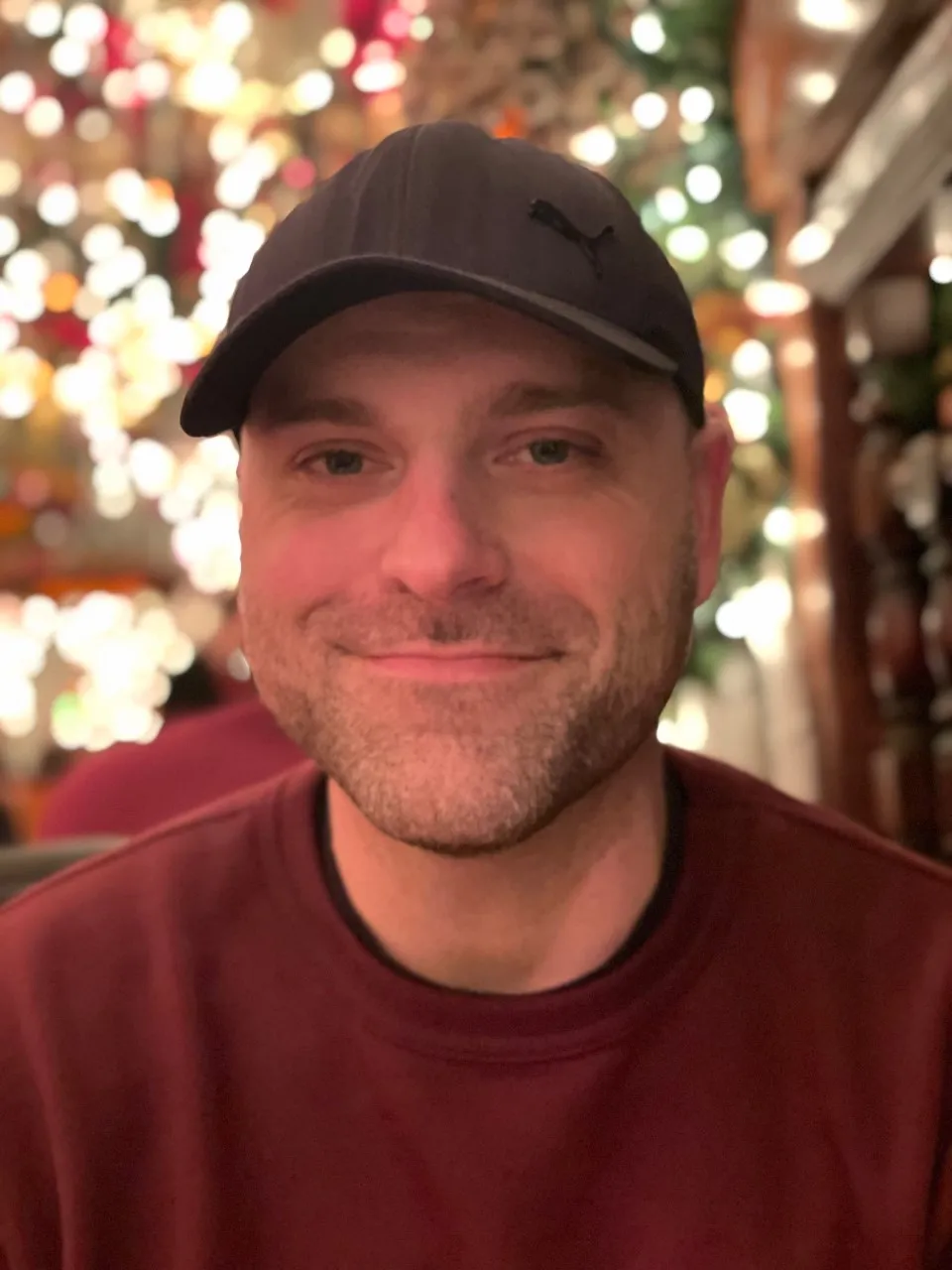
By Andrew Daly
andrew@vinylwriter.com
With a resume as deep as blues six-stringer Snowy White’s, one might think him to be swimming with feedback-driven arrogance.
Quite the contrary.
Instead, White, a player famous for slinging a classic ‘57 Gibson Gold-Top, chooses to bask in humble adoration for the simplest things in his musical life. Things like gentle chord changes, easy action up and done the fretboard, and the whimsical follies of blues riffs.
Despite a pedigree forged through incendiary work with the likes of Pink Floyd, Peter Green, Thin Lizzy, and Roger Waters, White has no time for fanfare or accolades. No, these days, White makes music for the sheer love of playing, and nothing else.
Despite parting ways with his beloved Gold-Top, and now settling in with a much lighter PRS (Paul Reed Smith), White’s signature sound, vibrato, and phrasing remain intact on his latest record, Driving on the 44.
The album serves to remind us that while White’s Gold-Top might have had a penchant for singing like a songbird on a summer day, in truth, it was Snowy White who was the proverbial puppet master. If nothing else, Driving on the 44 is an elite example of the old adage: Gear helps, but a guitar does not make the man.
From his home in the U.K., White recently dug in with me regarding his latest record, his timeless contributions to the Pink Floyd, and Thin Lizzy machines, working with Peter Green, parting ways with his Les Paul, and a whole lot more.
Andrew:
Snowy, I want to start with Driving on the 44. What are the origins of the record?
Snowy:
Well, you know, when I make an album, I just start writing songs, coming up with ideas, and they gradually build their own momentum, really. And the idea with this album was that because of the lockdown problem, and all the COVID things, I couldn’t really get in the studio with a band, so I basically started putting down basically with my son, Thomas, who plays drums. After that, we just kept going, and we ended up with an album.
Andrew:
What would you say some of the themes of the album are?
Snowy:
Basically, these are just a few things that crossed my mind occasionally. You know, I don’t really do any heavy haranguing, lecturing, or anything like that. These songs and these lyrics are just a few little things that crossed my mind. And I just put them down into the lyrics. There’s no real theme to the whole thing.
Andrew:
Listening to the album, there’s a very relaxed and cool atmosphere. What was going on in your life during the songwriting and the making of the album that lent itself to that?
Snowy:
Well, basically, nothing was happening at all. [Laughs]. I mean, Thomas and I were just in the house, you know, basically doing stuff, and when I had an idea, we would just go in and put the idea down. It was a very sort of relaxed time, really. I’d work on it, and then leave it for a few days, or weeks, or whatever, as there was no rush for anything. So the reason it’s so relaxed is that I was so relaxed. That said, thinking on it, I think my music is always pretty relaxed. I’m basically that sort of person.


Andrew:
“Keep on Flying” is one of my favorite tracks on the record. Take me through the writing of that song. How did you lay the solo down?
Snowy:
Yeah, well, the idea behind that was that I just had this thought where everybody is an individual and everybody’s got potential. And a lot of the time, people can’t realize their potential because life gets in the way, but you just have to keep on trying, don’t you? As far as doing the solo is concerned, generally, what I do is I will leave the track for a few days, and then I come back to it, and I just press record without listening to the track or anything. I just get a guitar sound, I press record, and then I play the guitar to it. So it makes it a bit fresher. I try and do that with all my guitar overdubs and solos. It all comes off the cuff, honestly. I try not to plan them out.
Andrew:
“One Man Girl” is another standout track, Snowy. What can you tell me about its composition?
Snowy:
It’s funny you mention that one because actually, that track started out as an entirely different track and then it metamorphosed into “One Man Girl.” A lot of my tracks do that. It’s difficult to say how it sort of came to be what it is because it all happens gradually over a period of time. And things gradually change and sometimes I change things so much that I say, “Well, you know, we should rerecord that because the rhythm or the vibes aren’t quite right now for the song anymore.” So, I’ve got a feeling that was recorded twice that one.
Andrew:
Of course, the closing track of the record, “Lady Luck (So Mean to Me)” seems a bit more personal in nature. Is that right?
Snowy:
Yeah, it is. I mean, it depends on what mood I’m in when I’m writing the lyrics, honestly. I’m not a guy that gets really high or gets really low, I’m generally sort of in the middle of things. Occasionally, I sort of think slightly more towards the negative side of life. And then other times, I’m sort of positive. I think with that song, I must have found myself in a slightly negative mood. But it’s a very small difference, it’s a small that that makes that happen because I don’t go up and down very much.

Andrew:
In terms of production, did you handle that all yourself, as well as the mixing?
Snowy:
Yeah, I pretty much did everything. Actually, the only thing I didn’t do was the mastering. I did that up in London at a friend’s studio. And I’m really sorry that I actually forgot to put his credit on the album. My son Thomas, after we got the album, he pointed it out to me. He said, “Dad, that’s really bad. Where’s John’s name,”… “Oh, shit. I’ve forgotten to add it, haven’t I?” So I had to call up and apologize. But I did everything else but the mixing. I mean, the thing is, because I’m doing it at home, I just do it as I want, and I feel like I can take my time recording the album at home versus in a professional studio.
Andrew:
While I’m sure that allows certain liberties, what are some of the challenges that you faced in recording this record?
Snowy:
Well, the thing is we used an electronic drum kit because we haven’t really got the facilities here to have a proper noisy drum kit. You know, I’m in the middle of a town, and we’ve got neighbors close by, so we can’t be too loud, you know? But it’s the proper kit, it’s just electronic, and as I’m sure you know, we’ve got a wide range of sounds that come with it. But originally, when we started recording, the idea was that we would just do some demos, and when it was possible, we’d go back into the studio with a band or some musicians and rerecord the thing. But it started to sound pretty good, and with COVID going on, we just did it how we did it at home.
As for challenges, really, if it’s just me, most of the time, there’s nobody to sort of bounce off. I mean, I love being in the studio with my band and my friends, because it’s great fun, and they will come up with some ideas about grooves and sounds, but it was all on me this time. But that was okay because there was no big rush about it. That said, I think, hopefully, if I do another one, I’d probably try and get it done with the band next time around, and do it in a proper studio.
Andrew:
You’re well known for using your Gibson Gold-Top. Is that the only guitar you used on this record? Or did you use any other guitars during the recording as well?
Snowy:
Oh, the Gibson Gold-Top, well not too many know this, but I sold my original Gold-Top about five years ago. That’s the one that I had for about forty-five years. I had to sell it, well I felt like I should sell it because I actually got such bad tennis elbow, and had so many problems with my arm and my fingers, that I didn’t play for a long time. For almost a year, I barely played, and I wasn’t playing the Gold-Top at all. And so I sold my Gold-Top because I felt it was the right thing to do. I felt like would help free me up to move on somehow, and keep playing. And so basically, I have been using a PRS guitar, which is short for Paul Reed Smith. It’s a guitar I’ve had for quite a while, I believe PRS gave it to me in 1999. I’ve had it changed around, I’ve had humbuckers put on it, and things like that. It’s funny though, quite honestly, I don’t really understand much about guitars. I don’t really know anything about them. I just play them. [Laughs]. But I used that PRS to do the recordings, and it sounds okay. It’s got a good range of sounds and it’s much lighter than the Les Paul, and when you get to be an old man like me, it’s nice to have a lighter guitar.

Andrew:
You’re synonymous with that Gold-Top, Snowy. How hard was it to give that instrument up after having it for so long, and recording so many amazing tracks with it?
Snowy:
I must say, it was a bit strange. It was both good and sad. It felt like the right thing to do, and it still feels that it was the right thing to do. It felt like the time to do it, and while I do miss it, I’m not sorry that I sold it. Yeah, I miss it, but in the end, it’s just a guitar, isn’t it? But after I’d sold it, I’ve gotten another couple of Gold-Tops, and a couple of other guitars. It’s a bit weird because now, I’ve got more guitars than I’ve ever had in my life. For about thirty years, the only instrument I ever carried with me what that original Gibson Gold-Top. And I’ve realized how really great my old one was because my old one used to sing on all the frets. It sang all the way up on every fret, and no matter what, it would stay perfectly in tune. It was a fantastic guitar. And there are some times when I think, “Oh, I wish I could just play it again,” but it’s okay, I’ve moved on. And, you know, the range of sounds I can get from the PRS is great. The PRS is a very versatile guitar, and it’s very light to boot. And as I said, I do have another Gold-Top, which is a copy of my old one that was made by a guy in America, on behalf of a Japanese company that gave it to me. They came along to a gig and they gave me this Gold-Top, and it looks like my old one, only it’s about twenty years younger. It doesn’t sing like my old one, but it’s a lovely guitar. I love the way it looks, so I’m not completely missing a Gold-Top. And sometimes, because it looks so nice, I pick it up and play it.
Andrew:
If you’d oblige me, can you recount the story of how you obtained your original Gold-Top, and how you feel it changed your sound initially?
Snowy:
Well, I have to start by saying that I don’t know anything about guitars even now. And I certainly didn’t when I was that age. I think I was around twenty years of age, and at that point, I actually had a Strat. I didn’t know much about guitars, but I knew that the Strat wasn’t the sound I wanted. And I knew that if I wanted to get the nice blues sound that I was hearing people use, I needed a Les Paul. So, I was living in Sweden for a year or so at the time, and I was in a band and the drummer had a friend, and he said that his friend had a Gibson Les Paul Gold-Top laying under his bed for ages. He said, “He never uses it. He would probably sell it to you.” So, he brought it along to our rehearsal, and I swapped my Strat plus £120, and that was it; I got the Gold-Top. At the time, I didn’t know whether it was a good guitar or not. I didn’t really know anything about it. I only knew that I wanted a Les Paul. It turns out that it was a great guitar, and it was the only instrument I had apart from an acoustic guitar for about thirty-odd years. It was literally the only thing that I played, so we got really close.
Andrew:
Do you feel that your overall sound and tone have shifted at all since you parted ways with the guitar?
Snowy:
That’s a difficult one because when you’ve done so many solos and so many albums, you start to think, “I’ve done all this with this guitar. People like to hear this sound and me playing with this guitar. Will it sound alright without it?” But it’s still me playing, and I’m not sure that I want it to sound the same all the time anyway. Occasionally, I try and change the sound a bit, but of course, if I go too far, then people think, “Oh, it doesn’t sound the way we want it,” so I have to be a bit careful. I’ve just learned to let the guitar sound like it sounds without me trying to make it sound like me, or anything new. I just pick it up, plug it in, and fiddle about, and then I play. I think it sounds nice, and when I play and I don’t really think about if I should have a particular sound, or whether it’s changed very much. I just go with the flow.


Andrew:
One of my favorite solos of all time is your solo on the eight-track version of Pink Floyd’s “Pigs on the Wing.” What was the sequence of events there?
Snowy”
Oh, I remember it well, because what happened was, somebody said to me, “Snowy, Pink Floyd’s manager has been trying to get ahold of you. They’re looking for an extra guitar player for all their live shows. Maybe you should call him up.” And I said, “Well, I don’t know about that. I’m not sure about that, really.” You know, I was a pretty narrow-minded bluser in those days, and Pink Floyd played that funny stuff as far as I was concerned. And then somebody else said to me a few weeks later, or a couple of days, I can’t remember exactly, “Snowy, you really should call Steve O’Rourke. You know, they’re looking for a guitar player and he was asking about you.” So in the end, I called Steve, the manager, and he said, “Yeah, listen, somebody’s mentioned your name. We want you to come along and come down to the office – he was in London at the time – and I’ll tell you about the gig.” … “Okay, right. I’ll come down and see about it then.”
So I went to the office, met him, and he said, “Well, you know, we’re finishing an album called Animals, and then they’re gonna go on tour. They need somebody.” Then he stopped himself, and said, “You know, why don’t you come and meet the band? They’re just finishing recording. They’re down in the studio on Britannia Row,” which was like half an hour from where we were. So we drove up there, I met the band, and they were recording “Pigs on the Wing” at the time. And then, Roger [Waters] said, “David [Gilmour], why don’t you take Snowy into the office and just explain what the gig is all about.” So I was chatting with David, and he said, “Well, you’ll need to play a bit of bass. You can play bass, can’t you?” … “Yeah, I play bass.” … “Okay, great. Then it’s a bit of harmony, a bit of lead, and you’ll play some of the stuff that I don’t want to play. So, do you want the gig?” … “Yeah, all right. But maybe we should have a jam or something, so you can hear me play?” Well, David looked at me, smiled, and said, “Well, you wouldn’t be here if you couldn’t play, would you?” So I said, “Well, yeah. I guess that’s reasonable. That’s all right then, I’ll do it.”
So we went back into the control room, and as I’m passing Roger, he said, “Hey, while you’re here, you might as well play something. Why don’t you play a solo in the middle of this track?” As it turns out, that track was “Pigs on the Wing.” So I said, “Yeah, alright. No worries,” and I picked up a guitar at random, and it turned out to be a Strat ironically. It was a white one, and I think it was labeled with the wording “treble 02” or something. I picked that up and decided to use it. Now, I’m not a Strat guy, but I had my own style and knew I could beef it up. So, I did a quick and quiet sort of run-through, and then Roger said, “Okay, ready?” … “Yeah, alright,” and then Roger pressed the red button, and started recording. I went through the solo, and what you hear is the first take. There was no other. I got lucky. [Laughs]. I mean with something like that, you never know, and I had no idea what they even wanted, they just let me have at it, and I did it in one cut.
After that, I had the gig, and you know, in my time touring with Pink Floyd, I didn’t ever think about the gravity of what I was doing. It didn’t occur to me to think about the context of my sound or the fact that I might be playing Dave’s parts. I mean, Dave was quite generous and said, “Well, why don’t you do this solo, or hit this one, and that one,” and I just went for it. I did my own thing, and it didn’t occur to me to play something in the context of the music. And it didn’t occur to me that most of the audience would be pretty disappointed because they want to hear Dave play it. [Laughs]. Nothing like that interests me, and I never bothered with it. I just stayed true to what I did, and as for the solo, it was completely and totally off the cuff.
Andrew:
Another phenomenal highlight is your work with Thin Lizzy on Chinatown, which to me is one of the band’s most distinct records. How did you enter the fold?
Snowy:
Well, that was another thing I sort of drifted into. I was rehearsing in a place called Shepperton Studios near London, with Cliff Richard. I was working with Cliff as someone had said his guitarist wasn’t going to be able to do a festival and they needed somebody, and they were in a bit of a panic. You know, I’m really sort of crap session guy, I can’t play other people’s parts, but anyway I went along and I did it. So we were rehearsing and I went through a doorway and out came Scott Gorham from Thin Lizzy. We literally bumped into each other, and he said, “Oh, man, I saw you with Pink Floyd at Madison Square Garden. That was a great concert, man. Hey, we’re trying to find a guitar player. Do you want to come and have a go?” … “Well, I can’t, you know, because I’m rehearsing with Cliff.” I thought that was it, but then they called me about three days later and said, “We still haven’t found anybody. Would you come along and have a go?” I thought about it, and said, “Yeah, okay, that’d be nice.” I said yes because I liked the band, and I liked the songs.
Now, I wasn’t sure that I was the right guy visually, sonically, or anything, but I did think the band was great. And Phil [Lynott] was a great frontman, so I went along and played a bit. When I was done, Phil said, “What about it guys? Shall we have Snowy join?” The band was all for it, and so Phil said, “Right, Snowy, do you want to join the band?” … “Yeah. I’m up for it. But I can’t right away. I’m in the middle of doing The Wall shows with Pink Floyd. I’ll be finished in about three or four weeks.” …. “Okay, we’ll wait.” So, I finished the Pink Floyd tour, and about two days after I got back to London, I was in the studio doing the Chinatown thing. Coming in, I had a few ideas, the “Chinatown” riff, and a couple of other things which I threw in, and that’s how it came together.

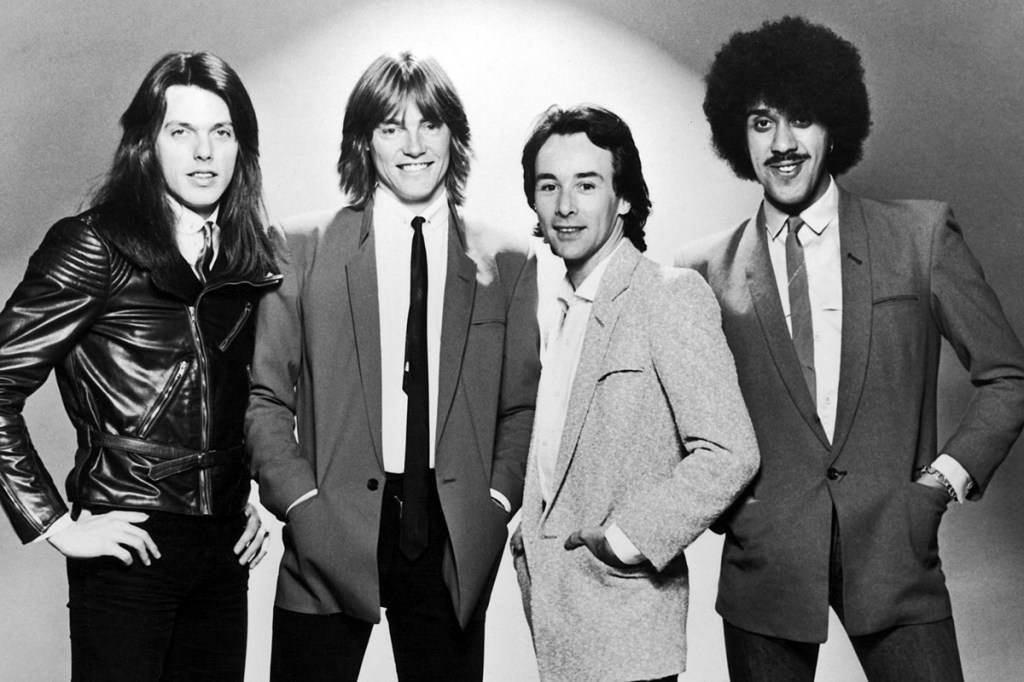
Andrew:
You alluded to the fact that your approach is a bit different than what Thin Lizzy was known for. How did you go about ingratiating yourself into the mix considering that you’re more of a straight blues player?
Snowy:
Yeah, well, when we originally spoke, the idea was that I would be the bluesy one in the band. But of course, it didn’t really work like that because when people want to come and come and listen to Thin Lizzy, they just want to hear the old stuff played the ways they know it. And of course, I enjoyed playing the harmony guitars, and things like that, it was great fun, but I didn’t really musically fit after a while. I didn’t really get anywhere with it, and sometimes Phil was quite difficult to work with as well. So gradually, it just became more and more difficult for me.
Andrew:
Thin Lizzy’s final concert featured nearly all of the guitar players in the band’s storied history. I say nearly because you were notably absent. Did they call you?
Snowy:
People often ask me to recount the event, because they seem to think I was there. Of course, I don’t have a recollection of that experience, because I didn’t go. [Laughs]. In short, I didn’t think it would be musically satisfying. It seemed like something where everyone would be competing or playing over one another, and that wasn’t something I was interested in. I didn’t want to know what it was gonna be like. I didn’t want to go at all, so I didn’t. I can’t remember whether I was even invited, to be honest. But if I was, I wouldn’t have gone. I don’t like that sort of thing, it’s not me at all. I’d rather play rhythm guitar and get into all that type of playing than do a bit, and then somebody else does a bit, and then somebody else does a bit. I just find that pretty musically uncomfortable. So I wasn’t involved in that. When I left Thin Lizzy, to me, that was the end of it. I didn’t get involved in anything after that.

Andrew:
You mentioned rhythm guitar, which you played a lot of on Peter Green’s record, In The Skies. Peter is a great blues player in his own right, so how did you end up working with Peter, and was it difficult to take a bit of a back seat with him out front?
Snowy:
I love playing rhythm guitar and I love playing bass as well. I love it just as much as playing lead guitar. So, when I got to London in 1970, I met Pete in various ways and he was really kind to me. Honestly, he was such a kind guy, and he was always great with the other new guys on the block. He was really kind to me, and we jammed a bit, and in the end, we got quite friendly. We were such good friends that he’d come sleep on my couch, and bring his girlfriends and stuff. [Laughs]. At one point, Pete was traveling and cleared his flat out, and he asked me to look after all his gear. He brought along his Les Paul, his record collection, his John Mayall tapes, and said, “Snowy, Can you look after this for me?” Of course, I said, “Yes,” but then had it in my flat for months. [Laughs]. So we were quite close, and we even went down to the Isle of Wight and we stayed with my parents for a couple of days on holiday.
Anyway, later on, Pete rang me up one day and said, “Hey, I’m going into the studio. My brother works for this little record company called PVK, and we’re going to do a record. Do you want to play on the album?” … “Oh, of course, Pete. That would be lovely.” So we got in the studio and we just started jamming a bit. Once we got rolling, Pete would say, “Snowy, play some lead on this, and that,” and I’d say, “Well, no, it’s your album. You’ve got to play lead.” So, I would jump on other parts quickly, and I was trying to play rhythm guitar before he could start trying to get me to play lead because I wanted him to. [Laughs]. It was really a strange little session, but it was quite fun. It was good fun, and I did end up doing lead on a few things anyway. Still, I would have preferred it if he’d done all the lead work, but he didn’t want to. He was just a generous spirit who would give away lots of things. You know, he offered me his Les Paul for £100, and of course, I didn’t take it because I didn’t have £100 at the time. [Laughs]. I know it doesn’t sound like much now, but back then it was to me.
Andrew:
You mentioned that you don’t know much about the guitar from a technical standpoint. Obviously, you’re quite accomplished, so how would you describe your approach to the guitar? Given that it doesn’t come from a technical standpoint, would you say it’s more visceral?
Snowy:
Definitely. The reason I started playing guitar was that I heard some blues music being played. I heard that and it was sort of fairly simple, but it was not simple for me, because I didn’t know how to play at the time. I thought to myself, “I bet that feels really good to be able to do that. I’d love to just be able to play those nice blues phrases over those simple chords. I want to know what that feels like.” And that was the reason I started playing. All I wanted to do was to know what it felt like to be able to be in control of the guitar. I wanted to be able to choose those nice phrases, be able to play them nicely in tune, and also bend the strings. Those notes, they’re sweet, you know, you don’t get a sour note, you get right up to the pitch. I wanted to know what that felt like, and so that’s why I learned to play the guitar. I didn’t have any idea about playing in front of people, making records, touring, trying to be famous, or getting paid for it. I had no idea about any of that, really. I just wanted to know what it felt like, and basically, that’s where I’ve stayed. You know, I’ve gotten to know what it felt like, and I’ve really enjoyed it. I didn’t push it any further, so I became quite a narrow-minded bluser. I really just wanted to listen to the stuff that made me feel good, and the stuff that made me feel good was the simpler, soulful, sort of blues things.
Andrew:
Last one. What’s next for you, Snowy?
Snowy:
I have no idea. [Laughs]. I honestly have no idea. I’ve got no plans to do anything. I don’t play live anymore because my fingers don’t really do what my brain tells them to do these days. Not well enough to play in front of people for an hour and a half anyway. I’ve got a few more ideas, and me and my son will probably spend the next year or so putting those few ideas down. And then, I hope I can actually get in the studio with the band, and do another album, but we’ll see. You know what they say, “Men make plans, but fate decides.” So we’ll see what fate decides.

– Andrew Daly (@vwmusicrocks) is the Editor-in-Chief for www.vwmusicrocks.com and may be reached at andrew@vinylwriter.com

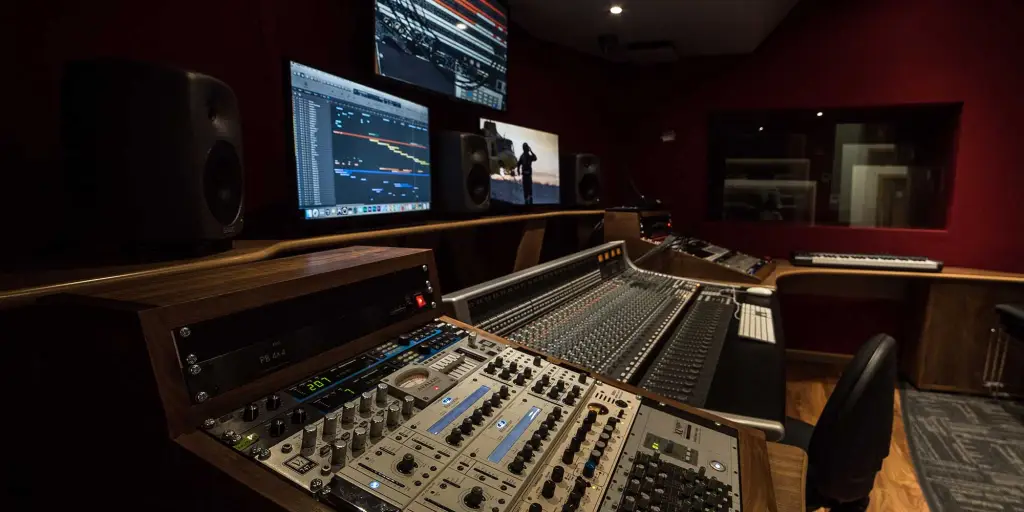

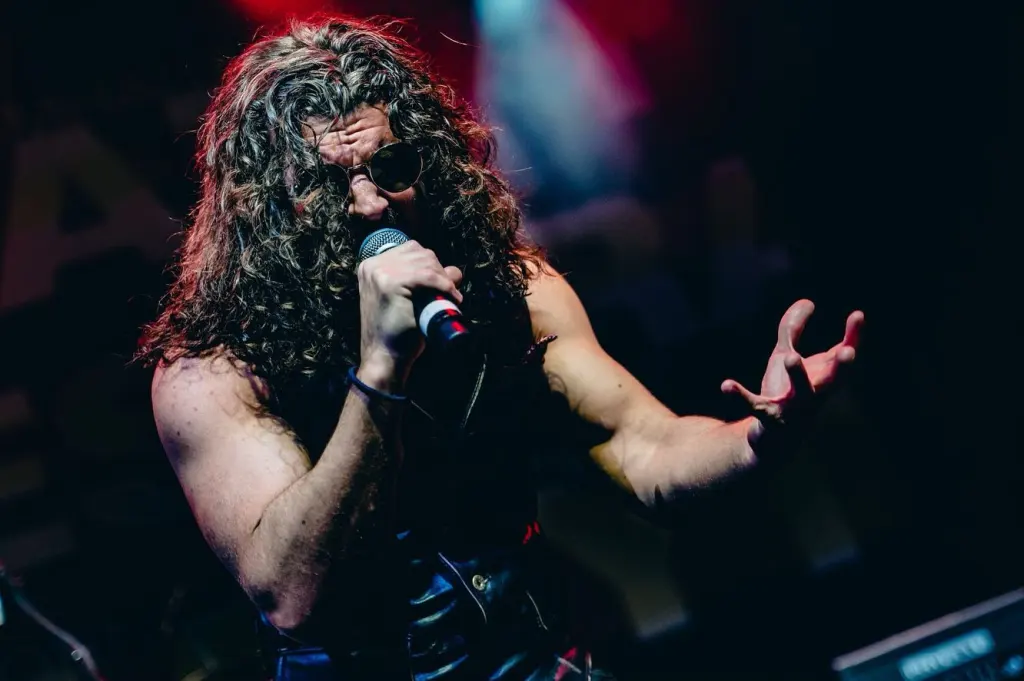
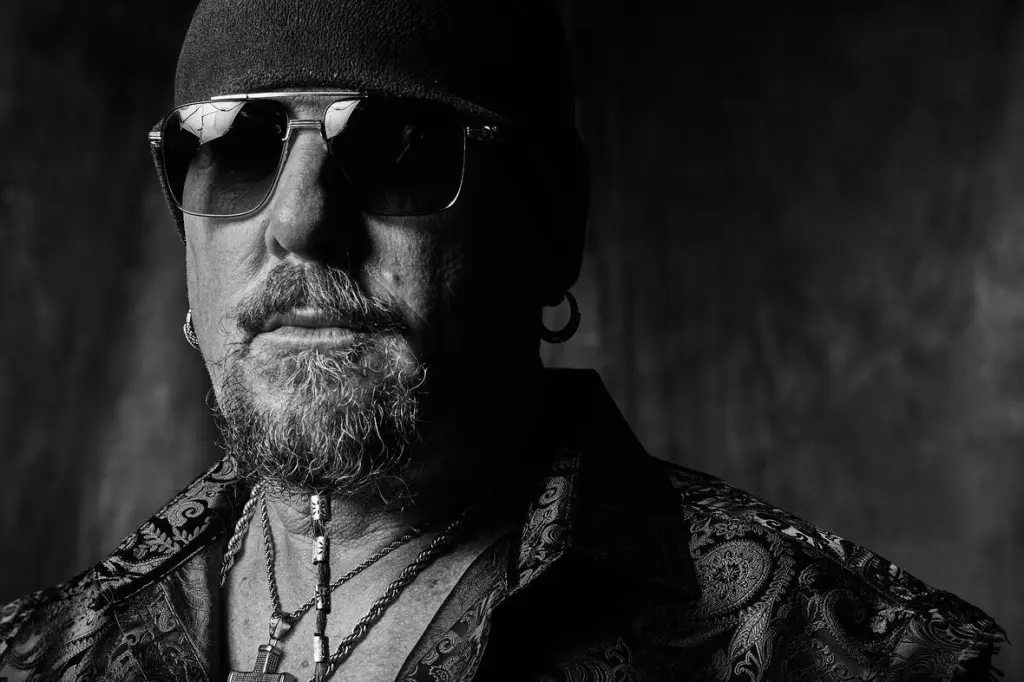
Leave a Reply